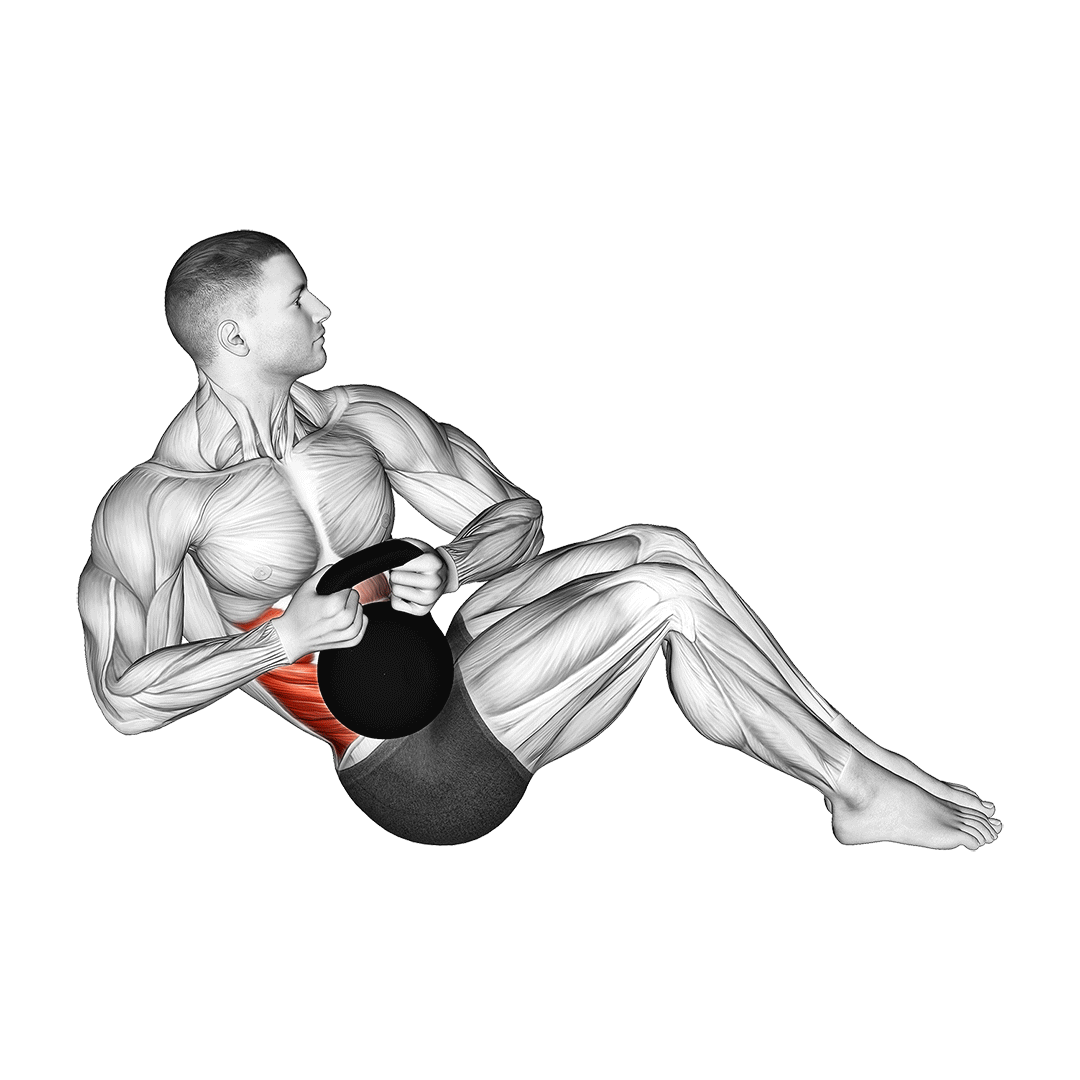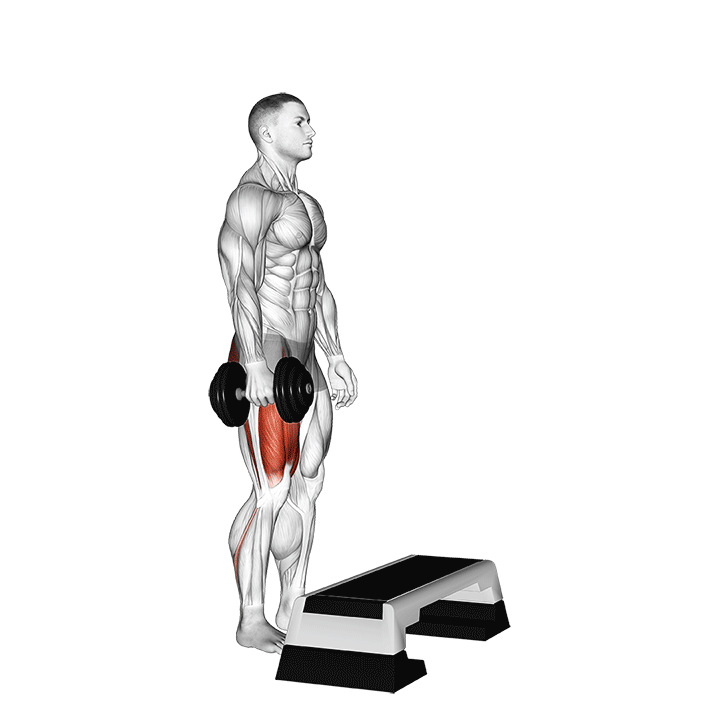In recent years, fitness professionals and physical therapists have increasingly questioned the safety and effectiveness of Russian twists, a once-popular core exercise. While this movement may seem like an efficient way to target your obliques and develop rotational strength, mounting evidence suggests that the risks far outweigh the potential benefits. This comprehensive guide will explore why you might want to reconsider incorporating Russian twists into your routine and, more importantly, what you can do instead to build a strong, stable core.
Understanding the Risks of Russian Twists
The primary concern with Russian twists lies in the combination of spinal flexion and rotation while under load. When you perform this exercise, your spine is placed in a compromised position that can lead to excessive stress on your intervertebral discs. Think of your spine like a credit card – while it can bend in certain directions, repeatedly twisting it while it's already flexed is asking for trouble.
The lumbar spine, in particular, is not designed for repeated rotational loading under compression. When you perform Russian twists, especially with added weight or poor form, you're essentially forcing your spine to move in a way that goes against its natural biomechanics. This can result in various injuries, from minor muscle strains to more serious conditions like disc herniation or chronic back pain.
The Science Behind the Concern
Research in spine biomechanics has shown that combining flexion and rotation significantly increases the stress on spinal discs. Dr. Stuart McGill, a leading spine biomechanist, has extensively documented how this combination of movements can lead to disc damage over time. The problem becomes even more pronounced when you add weight or perform the exercise with the rapid, momentum-driven movements often seen in gym settings.
Better Alternatives for Core Training
Instead of Russian twists, there are numerous safer and more effective exercises that can help you achieve your core-strengthening goals. Let's explore some of the best alternatives and how to perform them correctly.
1. The Pallof Press (Anti-Rotation Champion)
The Pallof press, named after physical therapist John Pallof, is perhaps the most effective anti-rotation exercise you can perform. It teaches your core to resist rotational forces, which is crucial for both athletic performance and daily activities.
How to perform
- Stand sideways to a cable machine or resistance band, feet shoulder-width apart, with the anchor point at chest height
- Grip the handle with both hands, pulling it close to your sternum, elbows tucked
- Brace your core and press the handle straight out in front of your chest, maintaining a tall spine
- Hold for 2-3 seconds while resisting the rotational pull
- Slowly return to the starting position and repeat
Common mistakes to avoid
- Don't let your hips rotate
- Maintain steady breathing throughout
- Keep your shoulders level
- Avoid leaning away from the resistance
2. Bird Dog
This fundamental exercise develops coordination between your upper and lower body while training core stability.
How to perform
Progressive variations
- Add small pulses at the top of the movement
- Bring your elbow to knee beneath your torso before extending
- Perform with eyes closed to challenge balance
- Add resistance bands for increased difficulty
3. Side Plank with Hip Lifts
This dynamic variation of the traditional side plank specifically targets your obliques while maintaining proper spinal alignment.
How to perform
- Start in a side plank position, resting on your forearm with feet either stacked or split for balance
- Create a straight line from head to heels, engaging your core
- Lower your hip toward the ground without touching it
- Push through your forearm and lift your hip back up, slightly higher than the starting position
- Control the movement throughout the full range of motion
Form tips
- Keep your shoulder blades pulled back and down
- Don't let your hips sag forward or backward
- Maintain a neutral neck position
- Breathe steadily throughout
4. Racked Kettlebell Carry
This functional exercise challenges your core stability while improving posture and grip strength.
How to perform
- Clean a kettlebell to the racked position at your shoulder, elbow tight to your body
- Stand tall with your core engaged and shoulder pulled back
- Walk forward with controlled steps, maintaining upright posture
- Keep your breathing steady and resist leaning to either side
- After completing the distance, safely return the kettlebell and repeat on the opposite side
Programming tips
- Start with lighter weights and focus on form
- Progress distance before increasing weight
- Aim for 20-30 steps per side
- Maintain rhythm in your breathing
5. Dead Bug Progressions
Building on the basic dead bug exercise, here are progressive variations to challenge your core stability:
Basic Dead Bug
- Lie on your back with arms extended toward the ceiling and legs in tabletop
- Press your lower back firmly into the ground
- Lower opposite arm and leg while maintaining back contact
- Return to starting position
- Alternate sides with controlled movement
Advanced Variations
Straight-Leg Dead Bug:
- Extend legs fully instead of keeping them bent
- Increase the lever arm for greater challenge
- Maintain the same controlled movement pattern
Weighted Dead Bug
- Hold a light dumbbell or weight plate
- Focus on maintaining back contact with the ground
- Move with even greater control due to added resistance
6. Turkish Get-Up
This complex movement integrates core stability with full-body coordination.
How to perform
- Start lying on your back, holding a kettlebell or dumbbell in your right hand straight above your shoulder
- Roll onto your left elbow while keeping the weight steady overhead
- Press through your left hand and right foot to lift your hips off the ground
- Sweep your left leg back into a half-kneeling position
- Stand up while maintaining the weight overhead
Safety considerations
- Start with no weight to master the movement pattern
- Progress slowly through each phase
- Maintain eye contact with the weight
- Never sacrifice form for heavier weights
Programming Your Core Workout
Creating a balanced core training program involves more than just selecting the right exercises. You need to consider frequency, intensity, and progression. A well-designed program should include exercises that target all functions of the core: anti-extension, anti-rotation, and anti-lateral flexion.
Here's a sample weekly core training schedule that incorporates these exercises:
Workout A (Monday)
- Bird Dog: 3 sets of 8 reps per side
- Pallof Press: 3 sets of 12 reps per side
- Dead Bug: 3 sets of 10 reps per side
- Side Plank with Hip Lifts: 2 sets of 8 reps per side
Workout B (Wednesday)
- Turkish Get-Up: 3 sets of 2 reps per side
- Racked Carries: 3 sets of 30 steps per side
- Copenhagen Plank: 2 sets of 20-second holds per side
- Weighted Dead Bug: 3 sets of 8 reps per side
Workout C (Friday)
- Bird Dog with Pulses: 3 sets of 6 reps per side
- Side Plank Progressions: 2 sets of 30 seconds per side
- Pallof Press with Hold: 3 sets of 8 reps per side
- Turkish Get-Up Segments: 2 sets of 3 reps per side
Start with training your core 2-3 times per week, allowing at least one day of rest between sessions. Begin each exercise with 2-3 sets of 8-12 repetitions, or 20-30 seconds for holding exercises. As you build strength and endurance, gradually increase the difficulty by adding resistance, increasing hold times, or progressing to more challenging variations.
Recovery and Progression Strategies
For effective core development, recovery and gradual progression are essential components. This section covers strategies to help you recover fully, progress safely, and ensure you're building core strength without risking injury.
Active Recovery
Active recovery helps muscles recuperate and reduces soreness without taking complete rest days. Here’s how to incorporate it effectively:
- Light Walking: Engaging in light walking on days between workouts promotes blood flow, aids in nutrient delivery, and speeds up recovery.
- Gentle Stretching: Focusing on gentle stretches for your core and surrounding muscle groups (like hip flexors and lower back) improves flexibility, reduces stiffness, and prevents muscle imbalances.
- Mobility Work: Adding in exercises like hip openers, spinal rotations, and shoulder mobility drills can increase your range of motion and prepare your body for the next workout.
Progressive Overload
Progressive overload is a method of gradually increasing workout intensity to promote muscle adaptation and growth. Here are some techniques for incorporating it:
- Increase Hold Times: If performing static exercises like planks, add about 5 seconds to each hold weekly to build endurance.
- Add Reps Gradually: For exercises involving repetitions (e.g., bicycle crunches), aim to add one rep per set each week to keep challenging the muscles.
- Increase Weight: Once you can complete an exercise with proper form, add a small amount of weight (around 5%) to increase resistance and encourage muscle growth.
Deload Weeks
Deload weeks are crucial to prevent overtraining and provide complete muscle recovery.
- Reduce Volume: Lower your overall workout volume by 40-50% every 4-6 weeks, either by reducing sets or reps, which gives your body a break from high-intensity training.
- Focus on Quality: Use deload weeks to work on technique and precision in each movement, reinforcing proper form.
- Allow Recovery: This intentional reduction in intensity lets your muscles fully recover, setting you up for future progress without burnout.
Breathing and Bracing Techniques
Correct breathing and bracing play a significant role in core stability and performance, especially during challenging exercises.
Diaphragmatic Breathing
Diaphragmatic breathing, or "belly breathing," optimizes oxygen intake and reduces core strain.
- How to Practice: Lie on your back with one hand on your chest and the other on your belly. Breathe in deeply so your belly rises, while your chest stays relatively still.
- Using It During Exercises: Practicing diaphragmatic breathing allows for better oxygen delivery and mental focus during core exercises, reducing the chance of breath-holding and tension in the neck and shoulders.
Bracing
Bracing stabilizes your spine and engages the entire core, essential for exercises that put pressure on the abdominal wall.
- How to Brace: Imagine preparing for an impact, as if bracing for a punch to the stomach. Engage all core muscles, not just the abs, and maintain steady breathing.
- Benefits: This technique protects the spine and improves strength during heavy lifts, squats, deadlifts, and other compound movements that require core stabilization.
Nutrition for Core Development
Achieving a strong core isn’t just about exercise; nutrition is fundamental for muscle growth, fat loss, and overall fitness.
Protein Requirements
Protein is essential for muscle repair and growth. Proper intake supports recovery, muscle-building, and overall strength.
- Daily Intake: Aim for 1.6-2.2 grams of protein per kilogram of body weight, adjusting based on activity level and goals.
- Meal Timing: Spread your protein intake across 3-4 meals throughout the day to optimize muscle synthesis.
- Complete Protein Sources: Include lean meats, eggs, dairy, legumes, and plant-based options to ensure a balance of essential amino acids.
Overall Diet Strategy
A balanced diet and adequate hydration can support your fitness goals and core definition.
- Caloric Deficit for Fat Loss: If your goal is to reveal core muscles, maintaining a slight caloric deficit will aid in fat loss without compromising muscle mass.
- Hydration: Aim to drink 3-4 liters of water daily, as hydration is vital for muscle function, energy, and recovery.
- Pre- and Post-Workout Nutrition: Eating a balanced meal with carbs and protein before and after workouts provides energy for training and supports muscle repair.
Conclusion
Russian twists have long been a go-to core exercise for targeting the obliques, but recent insights into spinal health have raised concerns about the potential risks of this movement. Specifically, the twisting motion, often performed with added weight, can place significant stress on the spine, particularly in the lumbar region. This repetitive stress may increase the risk of disc injury or lower back pain, especially if performed with improper form or excessive weight.
For best results, concentrate on proper form in each exercise, ensuring that your core remains engaged and your movements are deliberate. Incorporating progressive overload by gradually increasing reps, time under tension, or resistance will help you keep progressing without overtraining your muscles. Adequate recovery between workouts is also crucial, as it allows your core muscles to repair and grow, reducing the risk of injury. By following these principles, you can build a resilient, functional core that supports your overall fitness and well-being.










